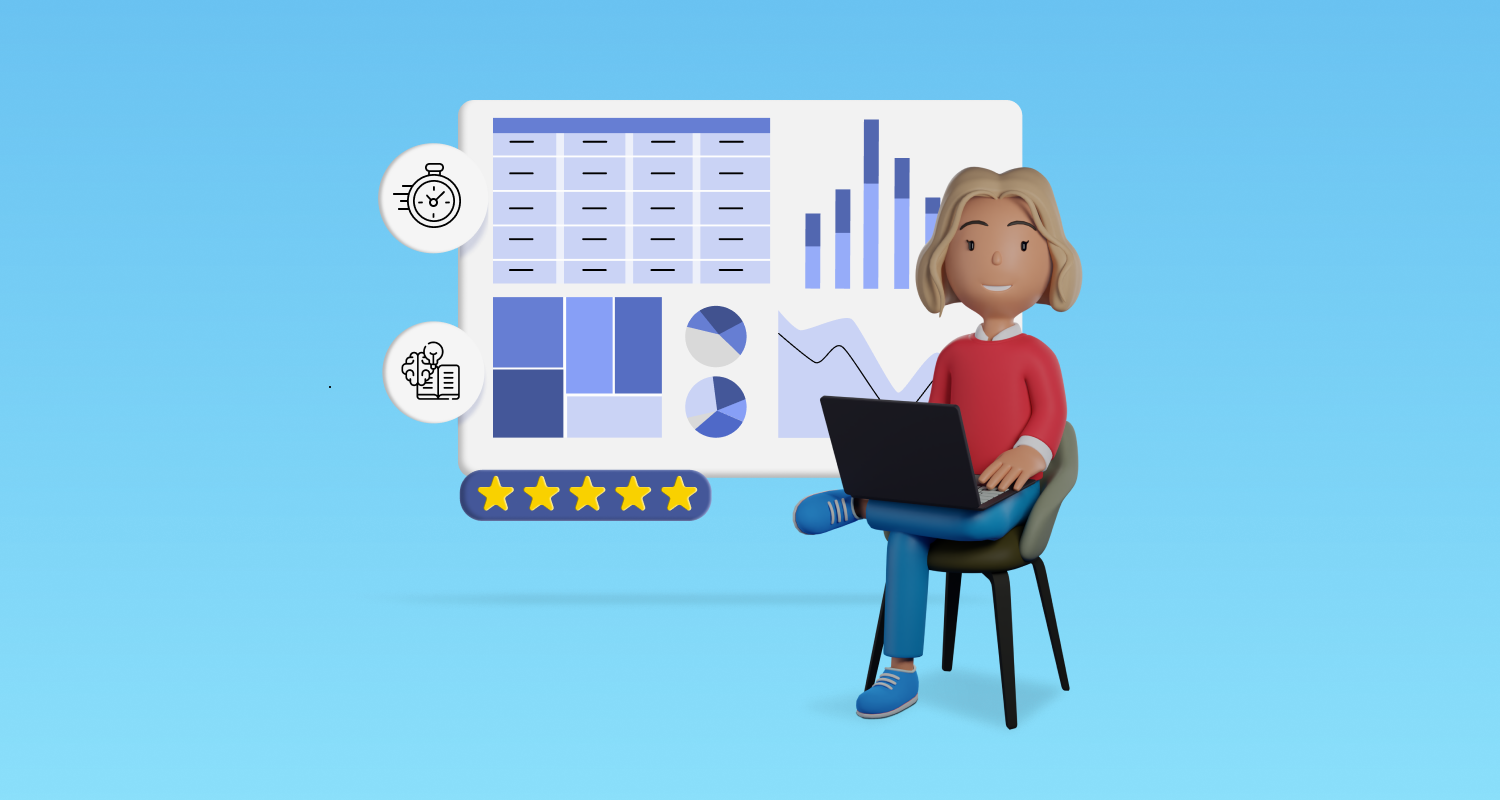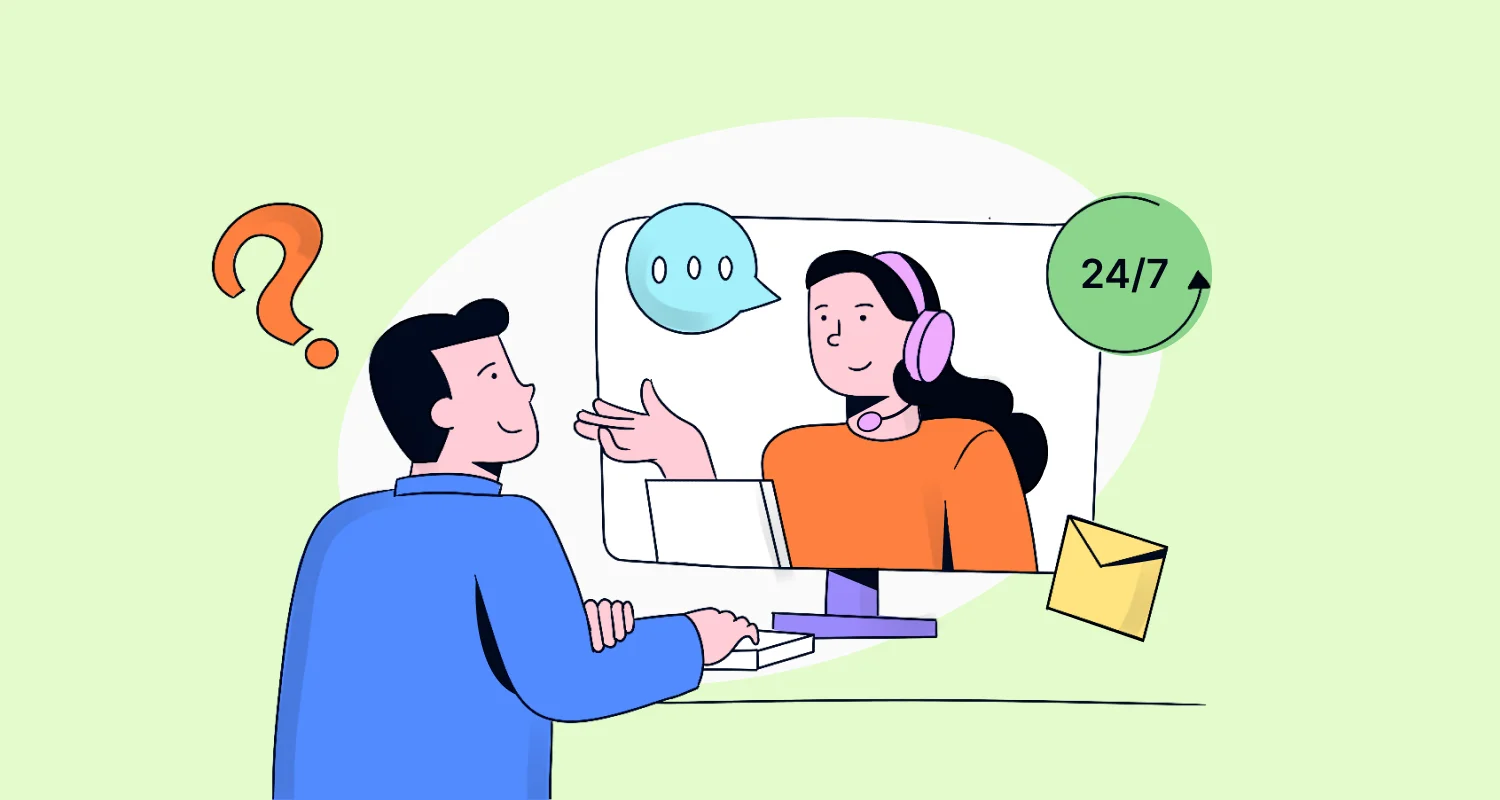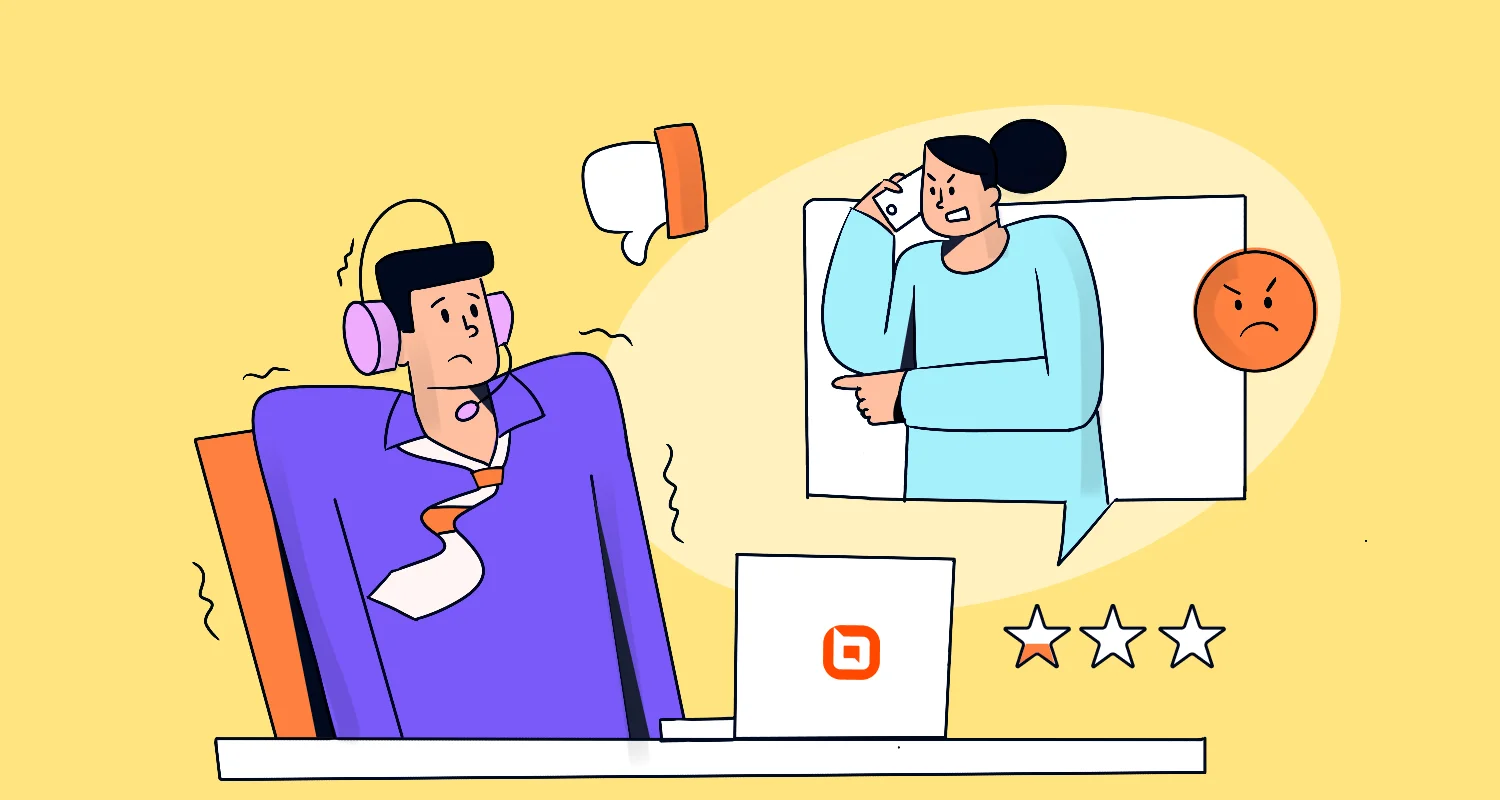For many businesses, customer satisfaction is paramount, and so businesses must meet and exceed customer expectations.
A PwC survey found that 73% of customers consider their experience with a business to be a significant factor in their purchasing decisions.
Thus, designing a solid and well-considered customer experience strategy is one of the best ways to enhance customer satisfaction, heighten customer loyalty, and increase revenue.
But the crucial question remains—do you know how to craft an effective customer experience strategy?
In this article, we will take you through how to create an exceptional customer experience strategy and how to improve it.
Related articles
- Customer Service vs Customer Experience: Key Differences
- Top 10 Customer Experience Metrics & KPIs to Measure Success
- How to Improve the Customer Experience: 12 Techniques
- 9 Effective Customer Experience Optimization Strategies
- Customer Experience Analytics: Important KPIs and Use Cases
- What is Customer Service Experience? Definition, Best Tips, and Examples
- 7 Best Ways to Utilize AI for Customer Experience
What is customer experience?
Customer experience (CX) is a term that defines the overall perception, emotions, and attitude a client has towards a business or brand throughout the customer journey. Customer experience is not confined to a single interaction or transaction; instead, it is an ongoing process that evolves.
The customer experience journey begins when a potential customer becomes aware of a brand or business. This could be through channels such as advertisements, word-of-mouth, social media, or even a simple online search.
The journey continues as the customer engages with the brand, which could involve browsing products or services, making inquiries, and ultimately purchasing.
But the customer experience doesn’t end at the point of sale. It also extends to post-purchase interactions, including customer support, feedback solicitation, and any other communication between the business and the customer.
Every touchpoint between a customer and a business shapes the customer experience. Therefore, businesses and companies should strive to ensure positive and memorable interactions, increasing customer satisfaction, loyalty, and advocacy.
What is a customer experience strategy?
A customer experience strategy is an plan that a company formulates to define its interactions with customers across all touchpoints of the customer journey.
This strategy goes beyond merely addressing customer inquiries; it considers every element influencing customers’ overall experience, perception of, and satisfaction with the business.
A CX strategy involves planning to address customer pain points and concerns in various stages, such as:
- The initial business discovery phase
- The purchasing process
- Post-purchase follow-up
Implementing a CX strategy helps ensure every customer interaction is as positive as possible, thus fostering satisfaction and likely future purchases or continued subscriptions.
How do you create a good customer experience strategy?
Creating a comprehensive customer experience strategy is crucial. To design one, take note of the following tips.
Examine the customer journey
The customer journey encompasses every interaction a customer has with your business, from initial contact to final purchase or service. If you are trying to improve it, first you have to understand what it looks like. Create a diagram and map on it each step your customers might take in their interactions with your company. This might include:
- The brand-awareness period
- The shopping experience
- Negotiation and purchase
- Post-sales follow-up
By examining your customer journey map, you can identify all the points where a customer’s experience might be impacted and how.
Train and empower your support agents
Just as it’s important to understand your customers, it’s equally important to empower your support team to deliver a great experience.
Therefore, when creating your client experience strategy, you need to consider the support team’s experience, too.
This involves understanding your support team’s roles, workflow, and skills, and where there might be gaps in the latter.
Understanding where skill or knowledge gaps exist helps you provide appropriate training to your agents. They should learn explicitly how to best handle customers at all touchpoints, thus empowering them to deliver an exceptional customer experience.
Additionally, mapping out their workflow can give you insight into why issues may be occurring at points where they interact with customers. Workflow adjustments may be required.
Gather and analyze your customer’s feedback
Regularly gathering and analyzing customer feedback from surveys and social media helps in identifying areas for improvement and adjusting customer experience strategies. Follow up with your customers on their pain points, suggestions, and their overall customer service experience.
This approach helps identify issues or service gaps directly so you can make adjustments, thus enhancing the customer experience.
How to improve customer experience strategy
Creating a customer experience strategy and implementing it isn’t the end of the matter. Managing your strategy is also important for a continuous positive customer experience.
The following are some of the best practices for maintaining and improving your customer experience strategy.
Understand your customers
For a better understanding of your customers, you should try:
- Thorough customer analysis
- Customer service empathy mapping
Thorough customer analysis
Thoroughly research and analyze customers to create a successful customer experience strategy.
Understanding their demographics, needs, preferences, and behaviors helps identify the target audience. This will let you customize parts of the customer experience to your demographics, like advertising or lingo.
For in-depth research, you can use tools such as reports, metrics, and analytics to help you get valuable insights from your customer data.
You can gauge customer interactions, purchase history, and behavior patterns to help you figure out, for example what might make them leave before completing a purchase.
To do qualitative research:
- Conduct customer satisfaction surveys.
- Set the right key performance indicators.
- Engage your customers through after-purchase follow-up.
Employ empathy
In direct interactions with your customers, your support team’s default mode should be empathetic.
When customers describe their issues, your agents’ responses should contain sincere apologies for the inconvenience and in some cases, phrases that assure the customer that their frustration is understandable.
Expressions of empathy are not always natural to your support agents, so explicit training is beneficial.
Some agents believe that solving issues quickly is all that matters and do not realize that the tone they communicate with is abrupt and might make the customer feel like a bother.
So, teach your agents what empathy looks like in customer service.
Use the right tools
Implementing the right customer service tools also plays a vital role in customer service strategies. For example, by integrating the following tools into your customer service, you can:
- Organize all of your support requests in one place, assign them to the proper agents, and enhance team collaboration using the ticketing system feature.
- Create a knowledge base software to offer your consumers a self-service option via a central repository of information.
- Automatically perform recurrent tasks at each stage of a ticket life cycle and create an operation workflow that is particular to your organization using automation features.
- Use reports and analytical dashboards to visualize meaningful, real-time metrics that aid in understanding and enhancing the customer experience.
Implement omnichannel support
Different customers feel more comfortable using different channels to communicate with companies. Offering an omnichannel support means you’ll receive customer requests from all communication platforms in a unified inbox for prompt resolution. Customers interact with businesses through:
- Social media
- Websites and webforms
- Emails
- Community forums
- Live chat
Switching from one channel to the other can be overwhelming for support agents. However, an omnichannel inbox ensures a consistent, seamless customer experience across all channels.
Set an SLA
An SLA should contain an agreement between the support team and customers about how much time ticket responses and resolutions ought to take. It’s important to implement one to:
- Clarify expectations of customers and correct them, as needed.
- Clarify what you expect of customers, as well.
- Establish fair and measurable standards for your team to meet.
- Set consequences for nonperformance.
- Establish escalation procedures.
Additionally, by implementing an SLA, you promote accountability for your customer service performance, thus increasing competency.
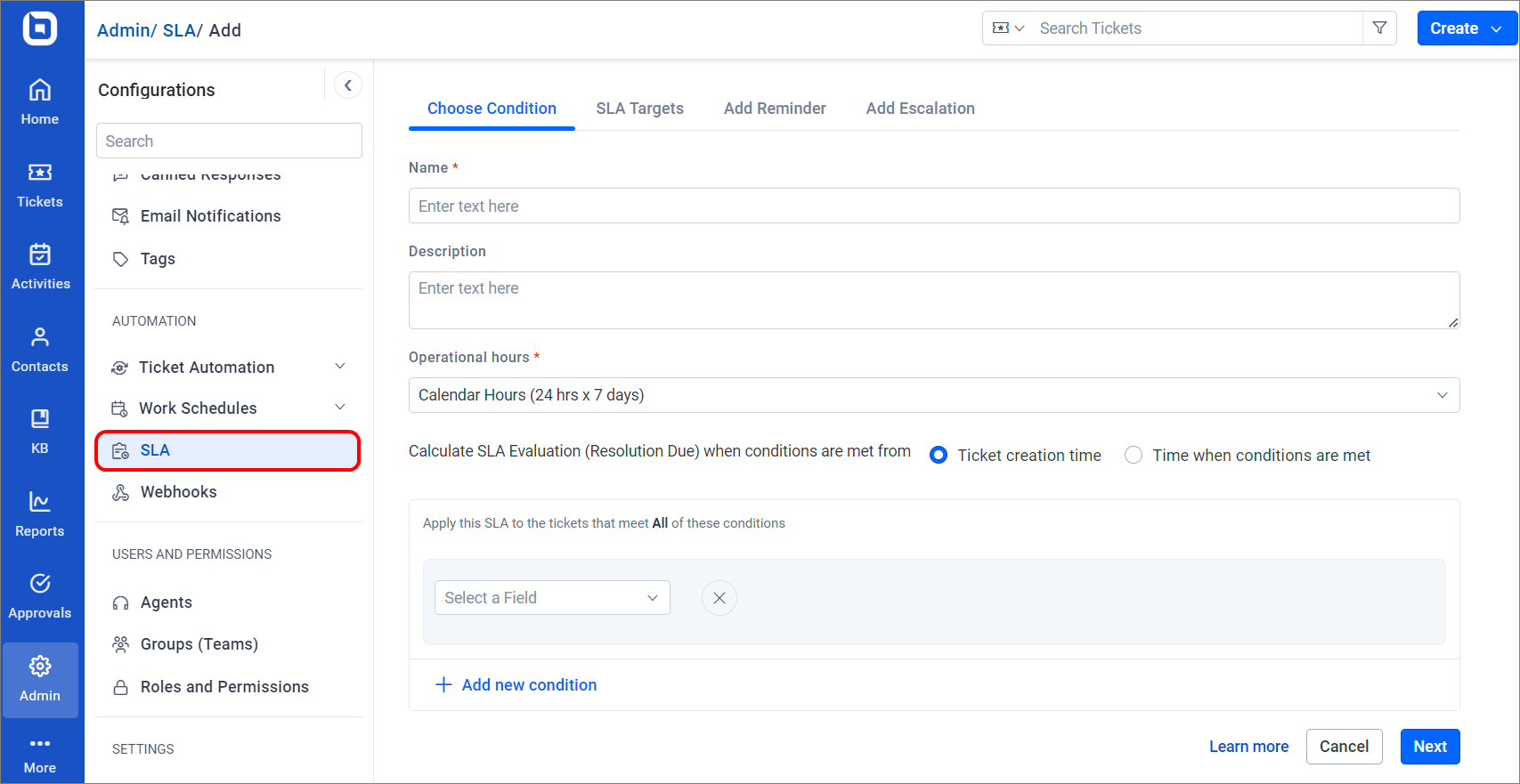
Create customer feedback loop
Whether positive or negative, customer feedback should be valued and used to improve your business. Therefore, setting up a customer feedback loop is important.
With an effective customer feedback loop, businesses can gather and analyze customer feedback to help them create good follow-up strategies and enhance the customer experience.
Successfully creating and closing a customer feedback loop demonstrates to customers that their views are respected and appreciated, thus creating a better reputation.
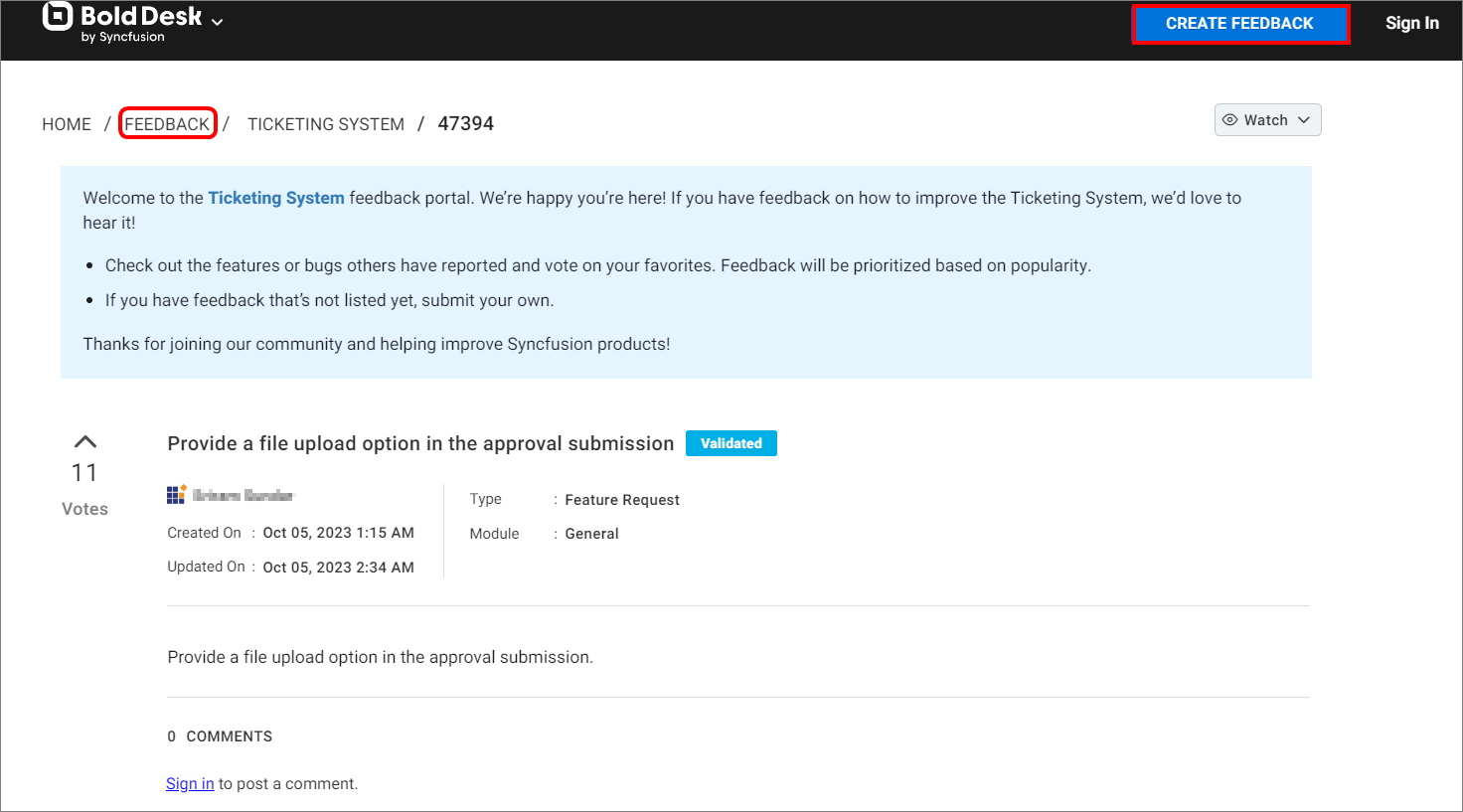
Leverage artificial intelligence
Artificial intelligence (AI) is the ability of computer systems to simulate human skills and expertise.
Using artificial intelligence can significantly improve your customer experience. AI can analyze customers tickets to understand the intent and emotions of the customer feedback through sentiment analysis.
Additionally, with AI assist features, you can summarize, rephrase, and correct grammar in your agents’ responses to customers, making them sound more professional.
AI can even translate knowledge base articles into multiple languages, giving the usefulness of your self-service a boost.
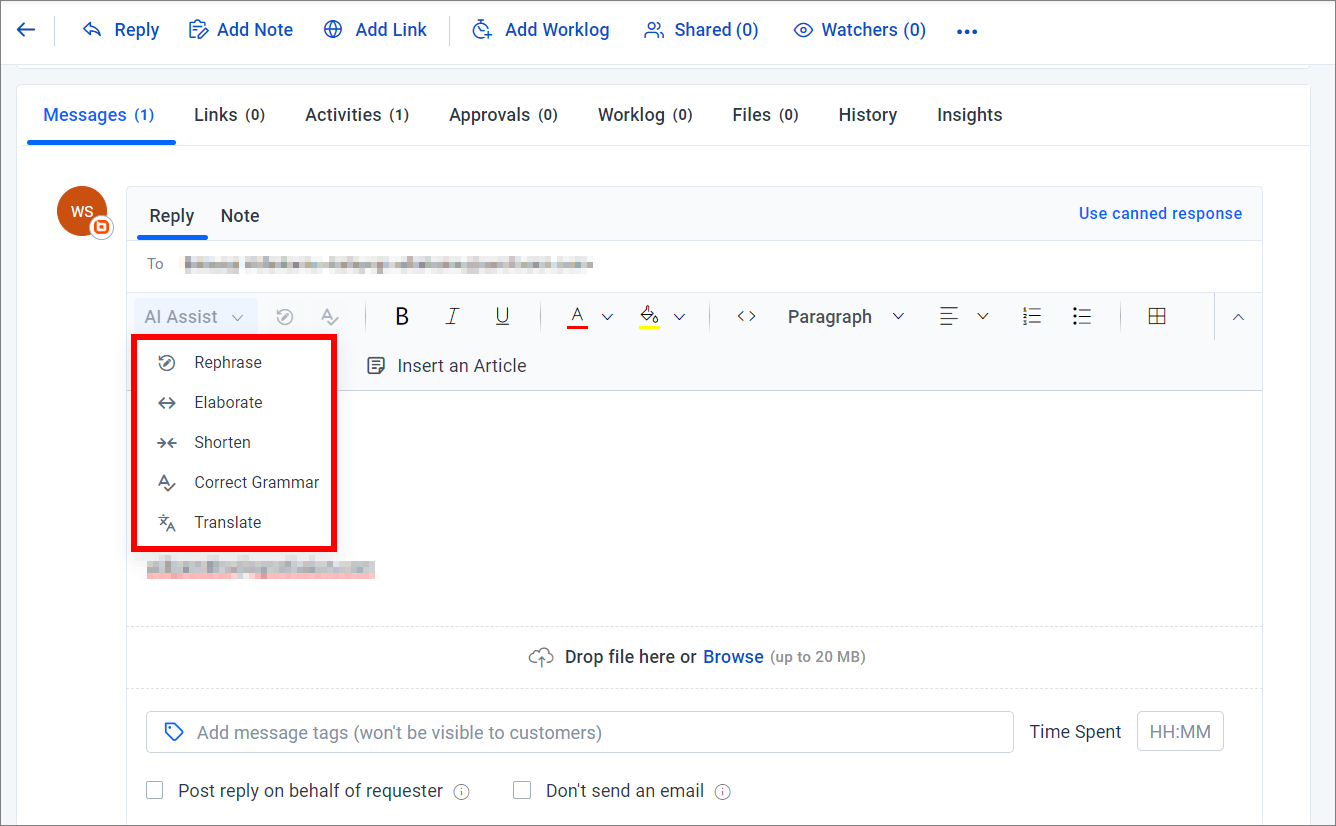
Moreover, you can integrate knowledge-based AI with your help desk to offer faster and more accurate support. Implementing knowledge-based AI in your customer service, you can reduce customer wait times and workload on your customer service team.
Evaluate your customer experience metrics
Regular evaluation of customer experience metrics, such as net promoter score (NPS), customer satisfaction score (CSAT), and customer effort score (CES), can provide insights on how well your business is meeting customer expectations.
Thus, you need to regularly evaluate your customer experience metrics. This will help you identify areas for improvement and also gauge the success of your implemented changes.
Conduct regular team training
Regular training ensures your team has the necessary skills and knowledge to provide excellent customer experiences. By training your agents regularly, they can develop the necessary skills to handle different customers, use new tools, and understand new products or services.
Training gives your agents new perspectives on solving customer issues, thus increasing the efficiency of your customer service.

Create promotional programs
Promotional programs are rewards that a company offers customers based on how frequently they interact with the business, encouraging them to continue doing business with you.
There are different promotional programs, examples are:
- Discounts and coupons.
- Free products or samples.
- Early access to new products.
To improve your customer experience, depending on the nature of your business, you ought to implement promotional programs. They provide your customers motivation and a feeling of receiving higher value.
Personalize your customer service
Personalized customer service can significantly enhance the customer experience. You could:
- Use your customers’ name in correspondence.
- Have your site remember your customers preferences.
- Provide personalized recommendations to customers.
- Be friendly rather than robotic during your interactions.
- Collect (and secure) personal customer data.
- Offer your customers solutions customized to their needs when necessary and possible.
By personalizing your customer service, you can boost your customer experience, since your customers will have a feeling of being acknowledged as a person.
Benefits of customer experience strategies
Implementing a good customer experience strategy in your customer service offers the following benefits.
Increases customer acquisition
Compelling customer experience strategies focus on creating a customer-centric environment, exceeding expectations, and fostering a positive reputation.
This attracts new customers who are more likely to choose a business known for providing positive experiences over one with poor or even average customer experience.
Improves customer engagement
Exceptional customer experience strategies that include implementing multiple communication channels and using customer feedback loops enable businesses to connect with their customers on a deeper level, leading to increased engagement.
This engagement strengthens customer relationships with a better understanding of their needs and preferences. Data and anecdotes from this engagement can be used to improve products, services, and marketing strategies.
Reduces the cost of service and marketing
Positive customer experience strategies save business costs by reducing product returns, complaints, and support needs. Happy customers are more likely to recommend the business to others, thus reducing the need for expensive marketing campaigns and customer service costs.
Increases customer loyalty and retention
Exceptional customer experience strategies increase loyalty and retention. It’s crucial to provide a good customer experience to retain existing customers, as retention is more cost-effective than acquisition.
Certainly, customers who have an exceptional customer experience with a business tend to stick with the business. This serves as an advantage, as loyal customers are more likely to become brand advocates by recommending your business to others, thus reducing your marketing costs.
Moreover, happy clients purchase more products and services from the same business, thus contributing to your company’s growth and success.
Plan your customer experience strategy
Having a well-crafted customer experience strategy is key for company growth. Having easy-to-use support software with all the features you need is a major component of that strategy.
Therefore, you should try BoldDesk, powerful help desk software that helps you understand your customers’ needs, expectations, and experiences. BoldDesk offers a 30-minute live demo and a 15-day free trial so you can see how its features can be customized and integrated to meet your company’s needs.
To learn more about BoldDesk, don’t hesitate to contact our BoldDesk team.
